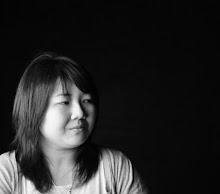1. Findings Isometric Pixel Art is a modern form of digital art that has been accepted as a new art form. The 2D representation of a 3D object is fascinating to many people because of the simplicity and amount of small details that can fit into a single pixel piece. Pixel art is a form of digital art, created through the use of raster graphics software, where images are edited on the pixel level. IPA can be compared to cartoons in many ways, as people like to watch and accept the 2D art form as it is very simplistic and easy to follow. The main purpose of any art work is that it draws attention that is, to represent something that looks like it could come from the real world, yet it's just a computer generated image. Graphics in most of the old (or relatively limited) computer and video games, graphing calculator games, and many mobile phone games are mostly pixel art. Each separate IPA image is always going too made up of single computer generated blocks, known as pixels. Each pixel is the same size as any other pixel, but it can be any colour you can think of and it can fit together with other pixels. Pixel-based image served as a mosaic in real life that is made up of tiles to form an overall picture. 2. History of Pixel Art Pixel art is a style of digital art. Pixel uses the limited resolution of monitor a stylistic device to create graphics edited with rasterization software, similar to mosaic. The concept of pixel art arose in the early 1970's, but was first used by Adele Goldberg and Robert Flega of Xerox Palo Alto Research Center in 1982. Depending on limited technology of that time, early pixel art graphics were simple black and white bitmaps, and simulated different gray tones by texturing. In parallel with the evolution of computer technology, pixel artists make use of higher screen resolutions and a palette of millions of colors. 3. To be found or used...  mosaic tiles  cross-stitch  perler beads painting 4. Examples of pixel art  |
5. URLS / Link of findings




No comments:
Post a Comment